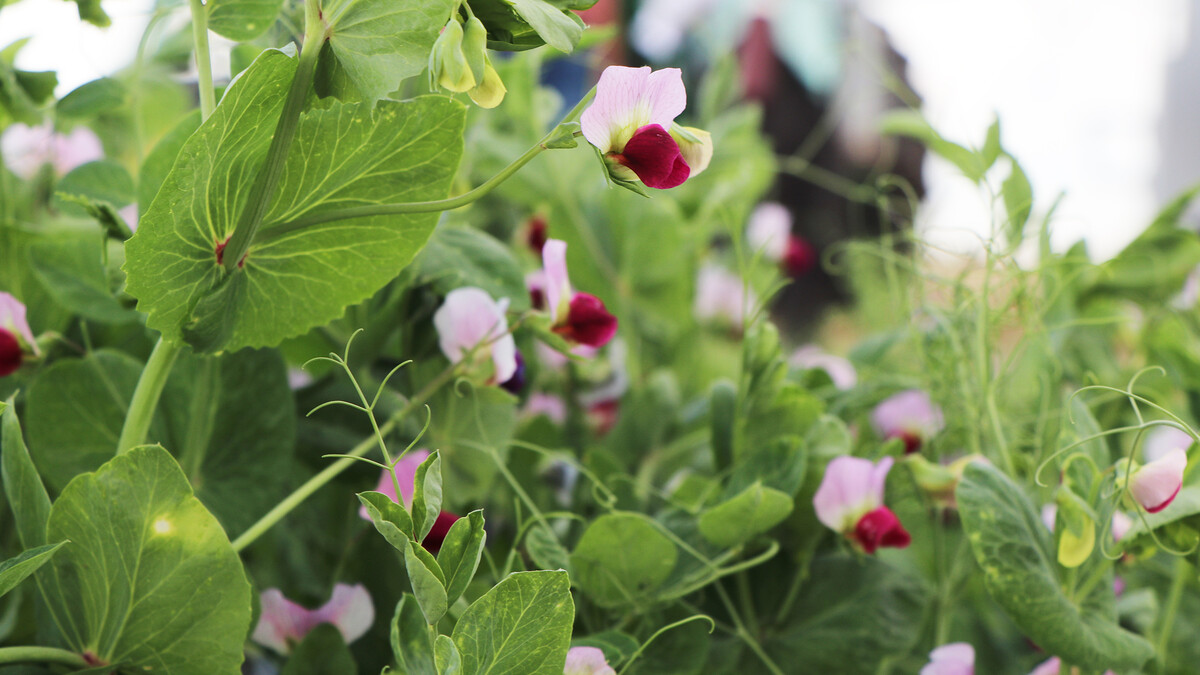
July 31, 2017
Lincoln, Neb. — Nebraska researcher Yiqi Yang is using the byproducts of sorghum as a colorant for textiles. The Charles Bessey Professor of biological systems engineering and of texiles, merchandising and fashion design is using wool to start his research, but hopes that in the future sorghum can be used on other textiles and throughout many industries.
Sorghum is a cereal grain used for food in some countries, but in the United States it is commonly used as livestock feed and turned into ethanol. Sorghum is also a major source for making liquor. The grain tends to be drought resistant, making it a popular crop to grow in dry climates.
After using the sorghum starch for industrial applications, the coproducts and byproducts that remain are called distillers grains. Distillers grains from corn digests easier than sorghum, so Yang’s research looks to add a better value application for the sorghum industry for Nebraska. Yang and a group of Ph.D. students are currently working to see if the higher cross-linked proteins can have industrial applications, such as food-packaging materials or fibers for textiles.
A unique part of the research involves the sorghum husks. The husks contain a dark natural color that can be used as a colorant. Some have tried to use it as a food additive; however, Yang tries to use it for more large-scale approaches.
“If one could use it as a colorant for textiles, we’re talking about a huge demand,” Yang said. “This research is helping more than just the textile industry. By finding additional uses for co-products and byproducts we’re adding value for farmers.”
The team started out by dyeing wool because it can carry positive charges, which creates a better dye sorption since natural colorants generally carry negative charges and because the value addition is high. Yang believes that silks and nylons also have the potential to dye well.
While the hope is to eventually use the natural colorant from the sorghum husks to dye all types of textiles, cotton has been put on the backburner. Yang explains that there isn’t enough of a value increase to cotton to encourage consumers to purchase a naturally dyed textile, because cotton is already a cheap material, and because natural cellulosics do not carry positive charges.
“You add more value to these highly valuable materials than cotton,” says Yang. “If you work on the more valuable materials, the value addition is higher. Later, if the technology matures and the cost decreases, then of course we can work with other materials.”
Once available, this natural colorant could reach a large market of consumers and brands. Yang says that there is a place for this natural coproduct everywhere that you use colorants including plastics, food additives, packaging materials, cosmetics and even hair dyes. The project started with textiles and they have found some unique properties that make the product even more useful in other industries. For example, because the coproducts of sorghum are fluorescent with an ultraviolet light, it could be used as a tracing material for biomedical applications, such as tracking the movement of particles in the body.
Yang and his team are collaborating with researchers from Jiangnan University in China on this project.
Yiqi YangCharles Bessey Professor
Biological Systems Engineering
Textiles, Merchandising & Fashion Design
402-472-5197
yyang2@unl.edu Writer: Gina Incontro - IANR Media







